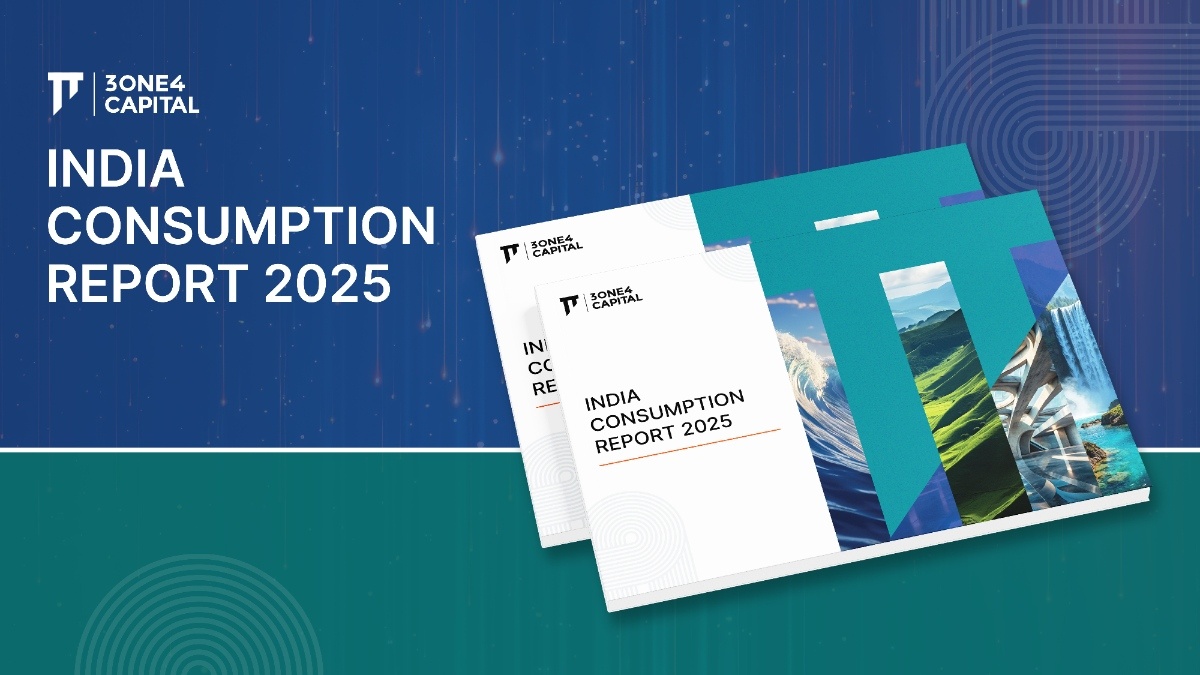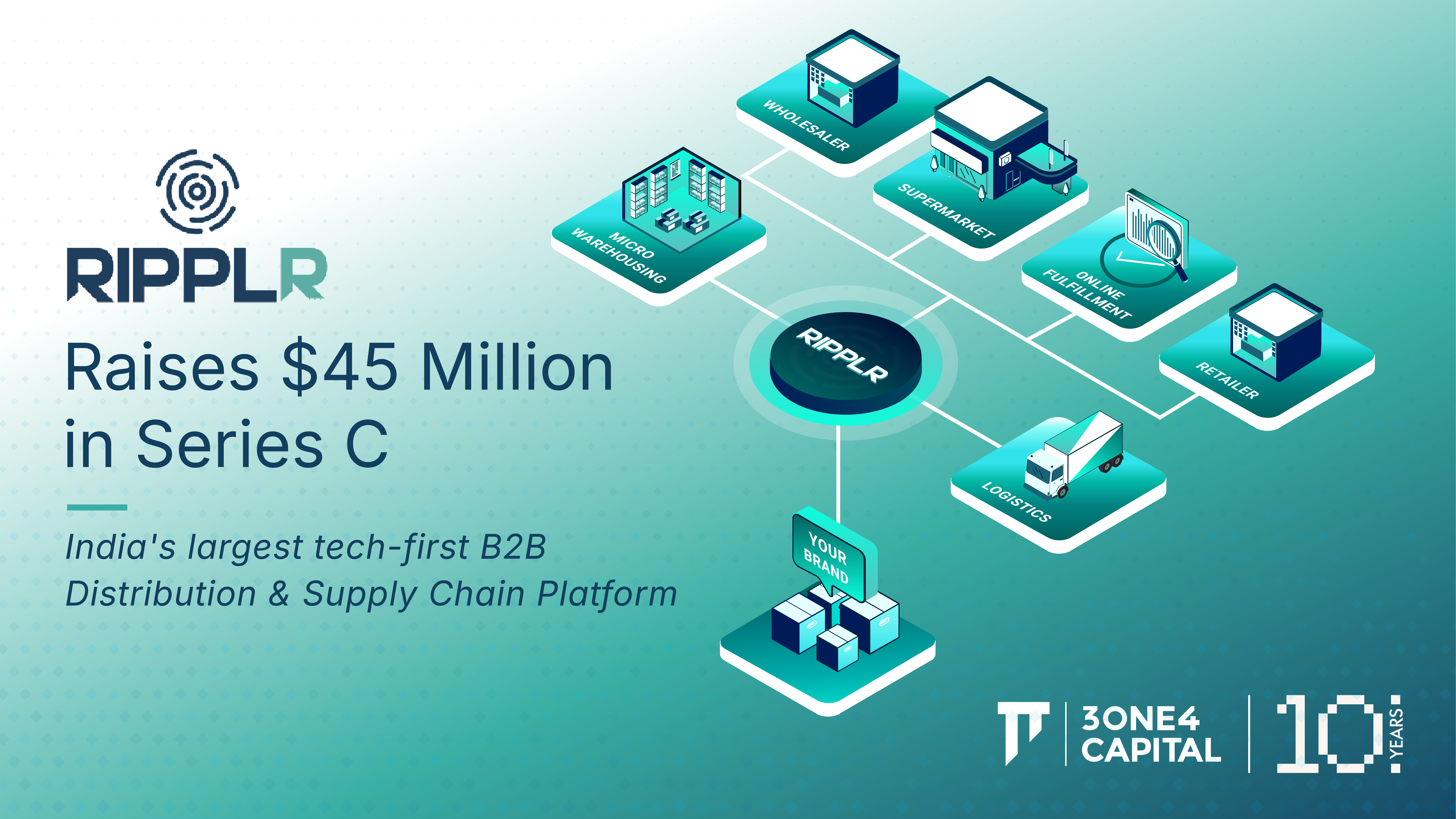
Rise of the Indian Woman
Every year since 2012, MHRD compiles and presents data on India’s higher education (HE) base through its AISHE reports — All India Statistics for Higher Education. The recently released 2018–19 report affirms India’s rapid progression towards higher enrollment and inclusion. By harnessing this correctly, we can develop our human capital to accelerate economic growth.
Total enrolment in HE in 2018–19 was 3.74 crore, with 1.92 crore men and 1.82 crore women, as shown in Table 1. Since 2011–12, enrolment has increased by 82.2 lakh at 3.6% CAGR, with 30.4 lakh men at 2.5% CAGR and 51.8 lakh women at an incredible 4.9% CAGR. Women enrolment is rising faster; latest data buttresses our previous analysis (FE, Holding up half the sky) demonstrating that women are increasingly turning toward HE with clearer aspirations.

Male enrolment has slowed from a 7-year CAGR of 2.5% to a 3-year CAGR of 1.1%. Between 2017–18 and 2018–19, male enrolment only moved by 5,000 whereas women enrolment rose by 7.5 lakh. Women enrolment has also slowed from a 7-year CAGR of 4.9% to a 3-year CAGR of 4.4% but is nevertheless encouraging. Women are now 48.6% of enrolled students, up from 44.6% in 2011–12. The Gender Parity Index reached 1.0 for the first time, having risen from 0.88 in 2011–12. Female Gross Enrolment Ratio (GER) jumped from 19.4 in 2011–12 to 25.4 in 2017–18 and then by another whole point in 2018–19 to 26.4. This is the first year that the all-India female GER has risen above male GER, which stagnated at 26.3.
How is it that even though women enrolment in absolute numbers is lesser than men enrolment, female GER is higher? GER is calculated as the ratio of students enrolled to the eligible 18–23 age — in which there are fewer women, at 48.6%, than men. Interestingly, in the seven years between 2011–12 and 2018–19, the number of women in the eligible 18–23 age population increased from 6.7 crore to 6.9 crore whereas the number of men decreased from 7.33 crore to 7.3 crore. These dynamics combined with the rapid increase in women enrolment is yielding a female GER that is overtaking male GER. The 2020–30 decade will see the rise of the Indian Woman; as more educated women join the workforce.
Focus on expansion and quality
The number of registered HE institutions has risen from 49,964 in 2017–18 to 51,649 in 2018–19. AISHE estimates the eligible 18–23-year-old population was 14.2 crore in 2018–19. FICCI’s Higher Education report indicates GER could rise to 50.0 by 2030. Today, GER of 50.0 indicates a potential capacity of ~1,375 students/institution. Instead, because GER is only 26.3, the average enrolment is 693/college. For now, India has an adequate base infrastructure for rapid brownfield expansion, which is easier, quicker and more effective. The need of the hour is to expand and enhance our current institutions and improve the quality of education and GER.
Graduates need follow-on employment opportunities
The total number of graduates who completed their course in 2018–19 is 90.9 lakhs, up from 89.7 lakhs in 2017–18. Tamil Nadu has India’s highest GER at 49.0, and third highest number of graduates at 8.64 lakh. Bihar’s GER is among the lowest in the country, at 13.6 barely up from 12.0 in 2011–12. It produced 3.81 lakh graduates, only 4% of India’s total. If Bihar with such a large population and high fertility rates does not focus on human capital development, it is a demographic disaster in the making.
Uttar Pradesh has the highest number of graduates — 15.3 lakhs amounting to 16.8% of the total. The state has been the highest producer of graduates every year. Moreover, more than half of the graduates are women! Providing these graduates with gainful employment in the state will greatly boost UP’s economy.
Periodic Labour Force Survey (PLFS) 2017–18 is reporting labour force participation rate (LFPR) in the 15–29 age group as 16.4% for women and 58.8% for men; down from 24.4% and 63.6% respectively in 2011–12. By extrapolating AISHE data for the 18–23 age population to the 15–29 bracket (with a factor of three to adjust for the 5- to 15-year window), we arrive at rough estimates of the 15–29 population for 2011–12 and 2017–18 as shown in Table 2. The corresponding LFPR indicate that approximately 14 crore men and 4.9 crore women were in the workforce in 2011–12, which dropped to 12.9 crores and 3.4 crores respectively in 2017–18 — a drop of 1.09 crore men and 1.52 crore women. In the same time period, AISHE data shows college enrolment rising from 1.62 crore men and 1.3 crore women in 2011–12 to 1.92 crore men and 1.74 crore women in 2017–18 — an increase of 30.3 lakh men and 44.3 lakh women.

PLFS must consider that the 15–29 years’ workforce could have seemingly shrunk because more are in school and college. In the 18–23 bracket alone, AISHE data demonstrates increased enrollment year-on-year in colleges. MHRD data shows enrolment in secondary school and pre-university is also increasing, which means more children in the 15–18 age bracket are in school. Putting the two together, more than half of the 15–29 age bracket surveyed by PLFS is increasingly in school/college, which could account for the perceived drop in workforce participation. Secondly, after receiving an education, many women do not get employment opportunities in their home states. On average, men are more mobile than women and are able to move elsewhere in search of skilled work. Both these counts could explain the increase in unemployment rates among women as reported by PLFS. Today, PLFS is only conducted across 1.02 lakh households; there is a need to expand the sample size while also considering education as a factor for perceived non-participation in the workforce.
Affirmative action yields results
Table 3 compares population composition with enrollment in HE. The 2011 census provides the composition of all groups except OBCs, which we obtain from NSSO. The upcoming 2021 census will provide updates. Percentage of SC, ST and OBC groups in HE rose from 12.8%, 4.4% and 31.2% respectively in 2012–13 to 14.9%, 5.5% and 36.3% respectively in 2018–19 — all moving close to their population compositions at 16.6%, 8.6% and 41% respectively. Minorities have not demonstrated the same progress; while their population is 20.2%, their HE representation has only moved from 6% in 2012–13 to 7.6% in 2018–19.

Government’s focus on HE has benefitted previously disadvantaged classes who have developed dramatically. Representation from the population designated ‘general merit’ is regressing. Between 2012–13 and 2018–19, other groups increased by 17.2 lakh (SC), 7.5 lakh (ST), 41.8 lakh (OBC), and 10.1 lakh (minorities), while the ‘general merit’ enrolment decreased by 4 lakhs — from 45.6% representation to 35.7% in six years. NDA-II was probably responding to this decline when they instituted the 10% EWS reservation to support low-income families in the general category.
AISHE 2018–19 clearly indicates aspirations are on the rise. We have enough capacity to get bullish on increasing enrolment and improving access to high-quality education. We must build on the momentum to push this through to the peak of human capital development as India rises.
First printed in Financial Express on October 18 2019


.webp)












